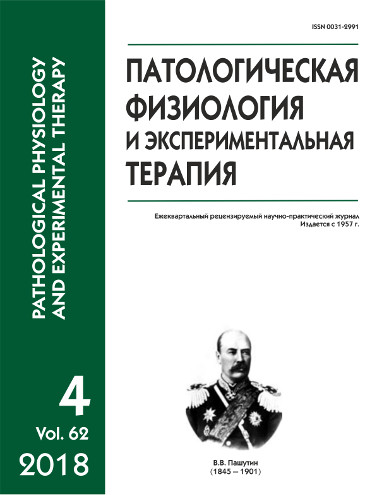Comparative analysis of therapeutic efficacy of stromal cells derived from different sources
Abstract
Today, regenerative medicine has a significant arsenal of methods of cell therapy for the treatment of various diseases. Numerous preclinical and clinical studies have demonstrated the safety and efficacy of various cell-based products. However, the choice of the source of biological material for obtaining a cell-based product remains one of the most important issue. The purpose of this work was to compare the therapeutic efficacy of cell-based products containing multipotent mesenchymal stromal cells (MMSCs), isolated from various sources, on the model of an experimental thermal burn of the skin. Methods. Burn modeling was performed under general anesthesia by placing a metal cylinder pre-heated in boiling water on the skin. MMSCs were obtained according to the standard method of enzymatic digestion of pre-excised samples of alveolar gingiva, adipose tissue and placenta. Bone marrow MMSCs were obtained from tibial and femoral bones. All MMSCs were characterized by the expression of surface markers. Results. The results indicate significant differences in the proliferative potential of MMSCs isolated from different sources, while the therapeutic efficacy for most cellular products is comparable, regardless of the selected cell doses. Statistically significant differences in therapeutic efficacy were obtained for MMSCs isolated from the placenta. In all experimental animals that received therapy with placental MMSCs, the time of complete epithelialization of the burn wound was significantly lower than in other groups. At the same time, cell-based products containing MMSC from the bone marrow, fat and gingiva showed comparable therapeutic efficacy and also led to an acceleration of the healing time compared to the control. Conclusion. Thus, it has been shown that MMSC isolated from the placenta has a greater therapeutic efficacy compared with MMSC from other sources. Proliferative potential — a parameter reflecting the time required to obtain a therapeutic dose of cells, also differs depending on the source of MMSC. The most promising from this point of view are gingiva derived MMSC. Based on the foregoing, MMSCs derived from the placenta and gingiva are the most promising cell types for creating cell-based products.






